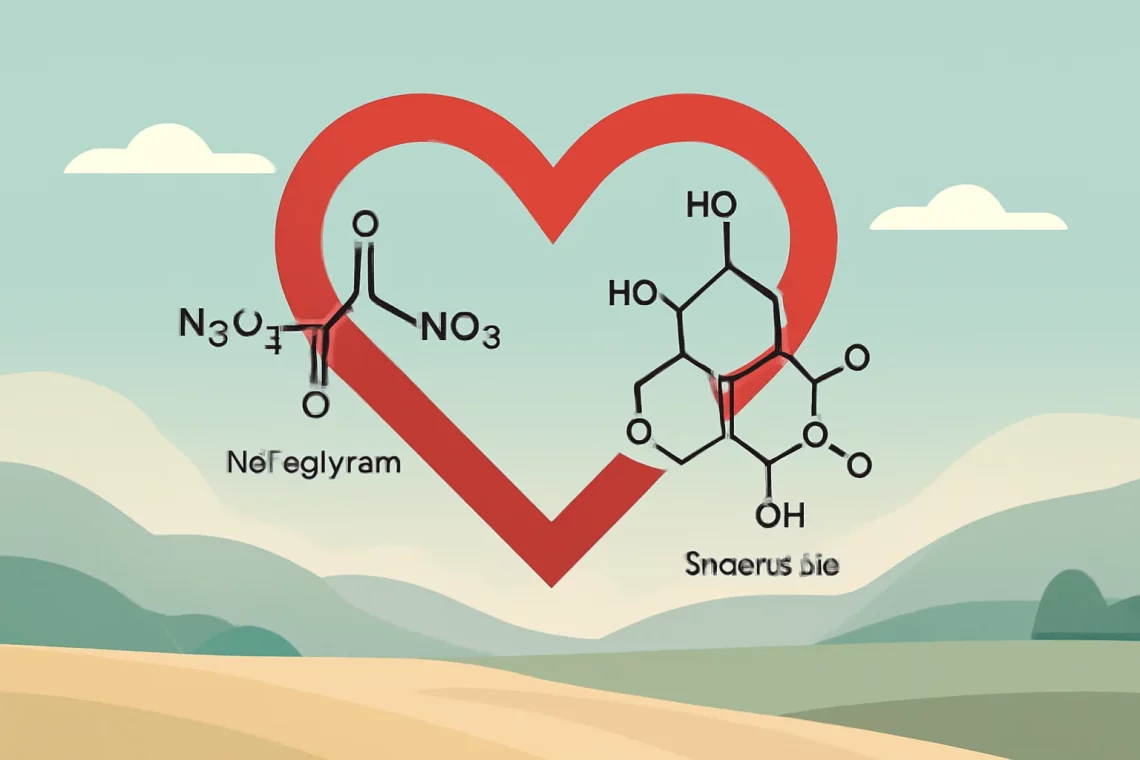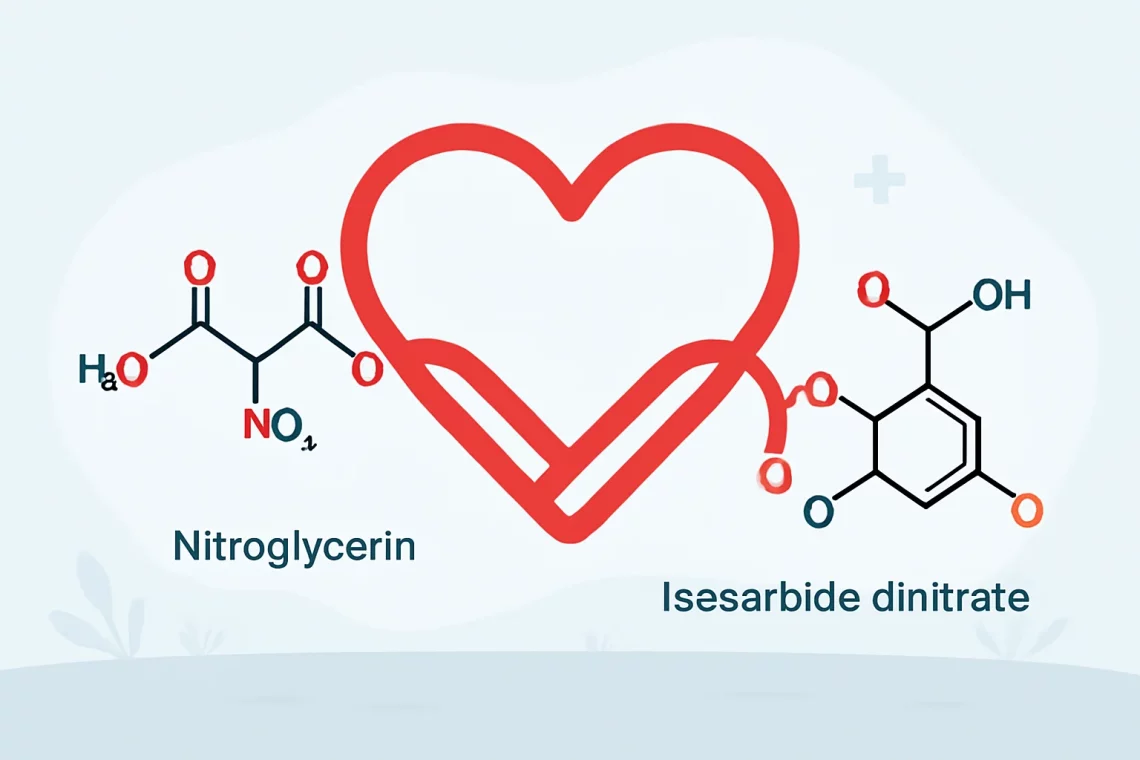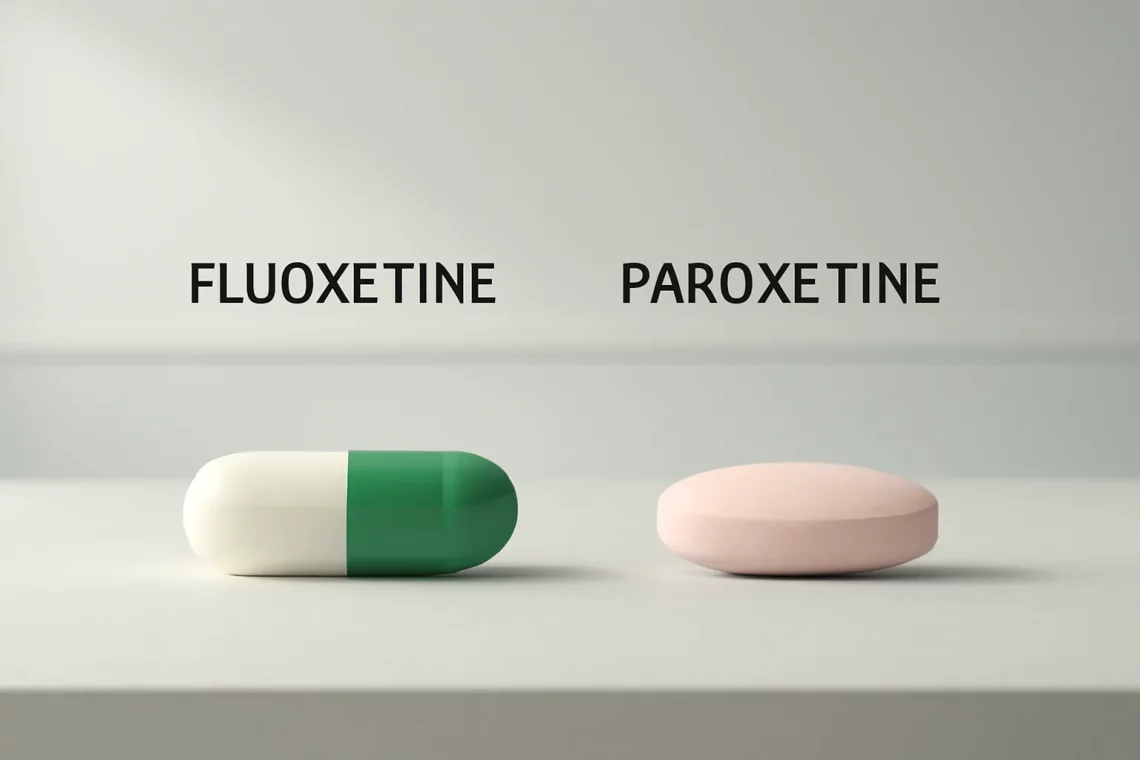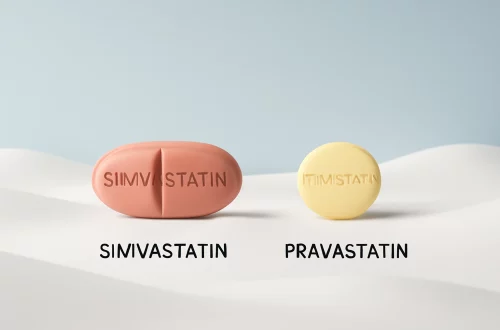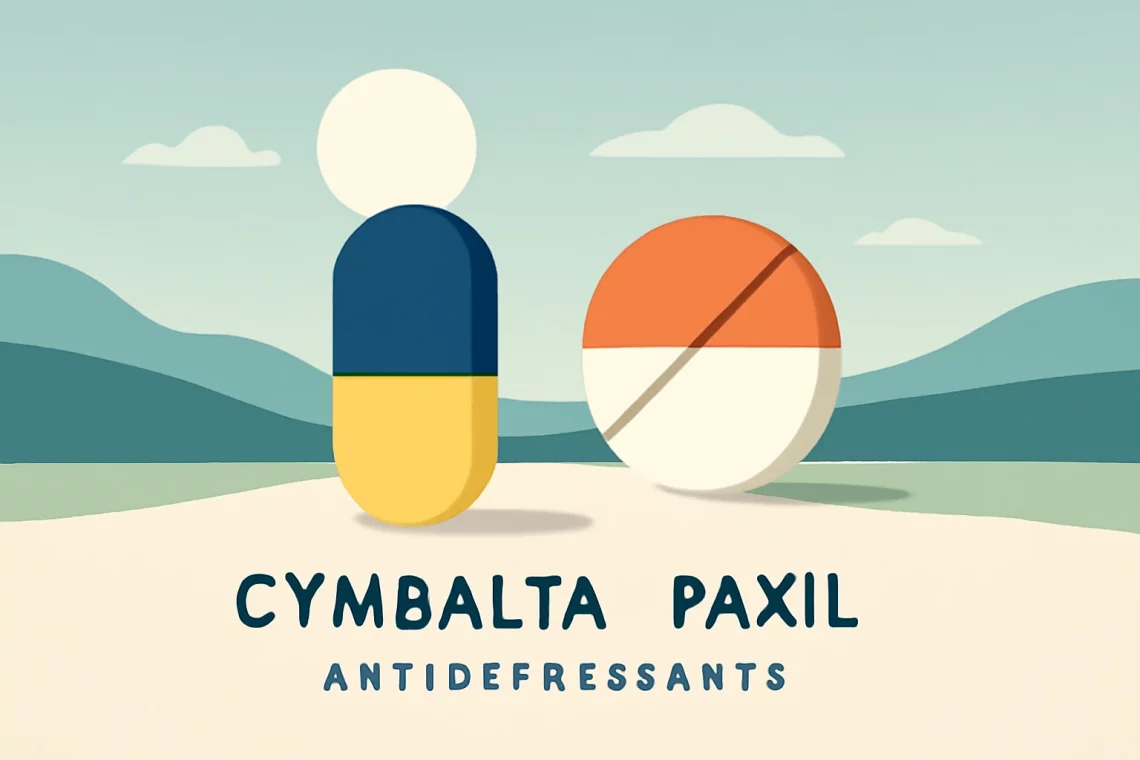-
Amoxicillin vs Augmentin: Key Differences and Uses Explained
Amoxicillin and Augmentin are both widely used antibiotics, each playing a significant role in treating bacterial infections. Understanding their differences, similarities, and appropriate uses is essential for anyone considering these medications. Amoxicillin is a penicillin-type antibiotic that works by inhibiting the growth of bacteria, making it effective against a variety of infections, including those affecting the respiratory tract, urinary tract, and skin. On the other hand, Augmentin combines amoxicillin with clavulanate potassium, a beta-lactamase inhibitor. This combination enhances its efficacy against bacteria that produce enzymes capable of breaking down amoxicillin, making Augmentin a stronger option in certain clinical scenarios. Both medications have been in common use for many years, and…
-
Nitroglycerin vs Isosorbide: Which Is Right for Your Heart Health?
Nitroglycerin and isosorbide are two medications commonly used in the management of cardiovascular conditions, particularly those related to angina pectoris and heart failure. Both of these compounds belong to a class of drugs known as nitrates, which are essential for dilating blood vessels and improving blood flow to the heart. This vasodilatory effect can significantly alleviate the symptoms of chest pain and reduce the workload on the heart. Understanding the differences and similarities between nitroglycerin and isosorbide is vital for patients and healthcare providers alike. These medications, while serving similar purposes, have distinct properties, mechanisms of action, durations of effect, and potential side effects. Consequently, a thorough comprehension of each…
-
Nitroglycerin vs Isosorbide: Which is Best for Your Heart Health?
Nitroglycerin and isosorbide are two important medications commonly used in the management of cardiovascular diseases, particularly angina pectoris, a condition characterized by chest pain due to reduced blood flow to the heart. Both of these drugs belong to a class of medications known as nitrates, which work by dilating blood vessels to improve blood flow and decrease cardiac workload. This dilation leads to increased oxygen supply to the heart muscle, alleviating the symptoms of angina. Despite their similar mechanisms, nitroglycerin and isosorbide differ in their formulations, onset of action, duration, and specific indications. Understanding these differences is crucial for patients and healthcare providers when determining the most appropriate treatment plans…
-
Fluoxetine vs Paroxetine: Choosing the Right Antidepressant for You
Fluoxetine and Paroxetine are two widely prescribed medications in the class of selective serotonin reuptake inhibitors (SSRIs). These drugs are primarily used to treat various mental health conditions, including major depressive disorder, anxiety disorders, and obsessive-compulsive disorder. Although they share a similar mechanism of action, their chemical composition, side effects, and uses can differ significantly. As more individuals seek treatment for mental health issues, understanding the nuances between these two medications becomes increasingly important. In recent years, there has been a growing recognition of the significance of mental health, leading to more people seeking help. The stigma around mental health issues is gradually dissipating, prompting discussions about effective treatment options.…
-
Nurtec vs Reyvow: A Comprehensive Comparison of Migraine Treatments
Migraine is a debilitating condition that affects millions of individuals worldwide, often hindering their daily activities and overall quality of life. As researchers continue to explore new treatments, two medications have emerged as notable options for acute migraine relief—Nurtec and Reyvow. These medications belong to different drug classes and offer unique mechanisms of action, which can lead to varied experiences for patients. Understanding the differences and similarities between these two drugs is essential for patients and healthcare professionals alike, as it can help guide treatment decisions and optimize patient outcomes. In the world of migraine management, it’s crucial to consider factors such as efficacy, onset of action, side effects, and…
-
Doxycycline vs Cipro: Key Differences and Uses Explained
Doxycycline and Ciprofloxacin are both antibiotics that play significant roles in modern medicine. They are effective in treating a variety of bacterial infections, but they belong to different classes of antibiotics and have distinct mechanisms of action. Understanding the differences between these two medications can help both healthcare providers and patients make informed choices regarding treatment options. Doxycycline, a tetracycline antibiotic, is often used to treat infections such as acne, respiratory tract infections, and certain sexually transmitted infections. It works by inhibiting bacterial protein synthesis, thereby preventing the growth and reproduction of bacteria. On the other hand, Ciprofloxacin, a fluoroquinolone antibiotic, is commonly prescribed for urinary tract infections, gastrointestinal infections,…
-
Probuphine vs Sublocade: A Comprehensive Comparison for Treatment Options
The opioid epidemic has become a pressing public health issue, prompting the development of innovative treatment options to combat addiction. Among these options are Probuphine and Sublocade, two medications designed to help individuals struggling with opioid use disorder. Both of these treatments utilize buprenorphine, an opioid partial agonist, but they differ significantly in their administration methods and overall treatment approaches. Understanding the nuances between these two medications can empower patients, their families, and healthcare providers to make informed decisions regarding treatment plans. With a focus on long-term recovery, these treatments offer unique benefits and challenges that warrant careful consideration. As the landscape of addiction treatment continues to evolve, exploring the…
-
Entresto vs Ramipril: Which Heart Failure Treatment is Better?
Heart disease remains one of the leading causes of morbidity and mortality worldwide. As healthcare continues to evolve, so do the treatment options available to patients struggling with cardiovascular issues. Among the various medications prescribed, Entresto and Ramipril have emerged as two prominent choices for managing heart failure and hypertension. Both medications serve critical roles in treating cardiovascular conditions, yet they operate through different mechanisms and offer distinct benefits and potential side effects. Understanding the nuances between these two drugs is essential for patients and healthcare providers alike. Each medication has its unique composition, dosing strategies, and indications, making it vital to grasp how they compare in effectiveness and safety.…
-
Amoxicillin vs Keflex Understanding Their Uses and Differences
Amoxicillin and Keflex are two widely used antibiotics that play crucial roles in treating bacterial infections. Both medications belong to different classes and have distinct mechanisms of action, making them suitable for specific types of infections. Understanding the differences between these two antibiotics is vital for both healthcare professionals and patients. In recent years, there has been an increasing focus on antibiotic resistance, leading to the need for informed decisions regarding antibiotic prescriptions. Patients often find themselves asking about the most effective treatment options for their conditions. With this growing awareness, it’s essential to clarify what amoxicillin and Keflex are, how they work, and when each medication is appropriate. This…
-
Cymbalta vs Paxil: Comparing Two Popular Antidepressants
The landscape of mental health treatment has evolved significantly over the years, with a variety of medications available to help individuals manage conditions such as depression and anxiety. Among these medications, Cymbalta and Paxil have gained considerable attention for their effectiveness in treating mood disorders. While both of these drugs belong to different classes of antidepressants, they are often compared due to their similar applications and potential side effects. Cymbalta, known generically as duloxetine, is a serotonin-norepinephrine reuptake inhibitor (SNRI) that is commonly prescribed for depression, generalized anxiety disorder, and chronic pain management. Paxil, or paroxetine, is a selective serotonin reuptake inhibitor (SSRI) that is primarily used to treat major…




